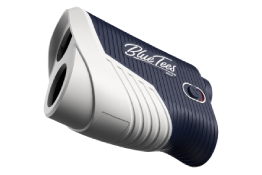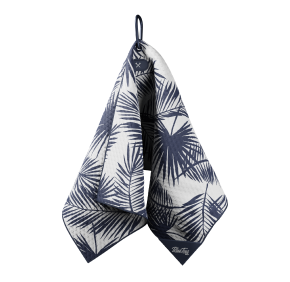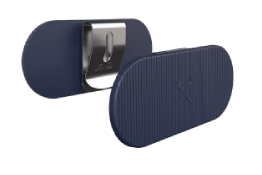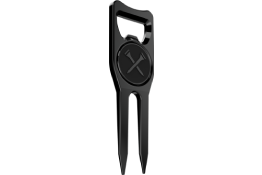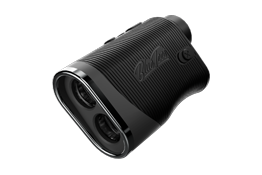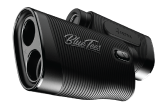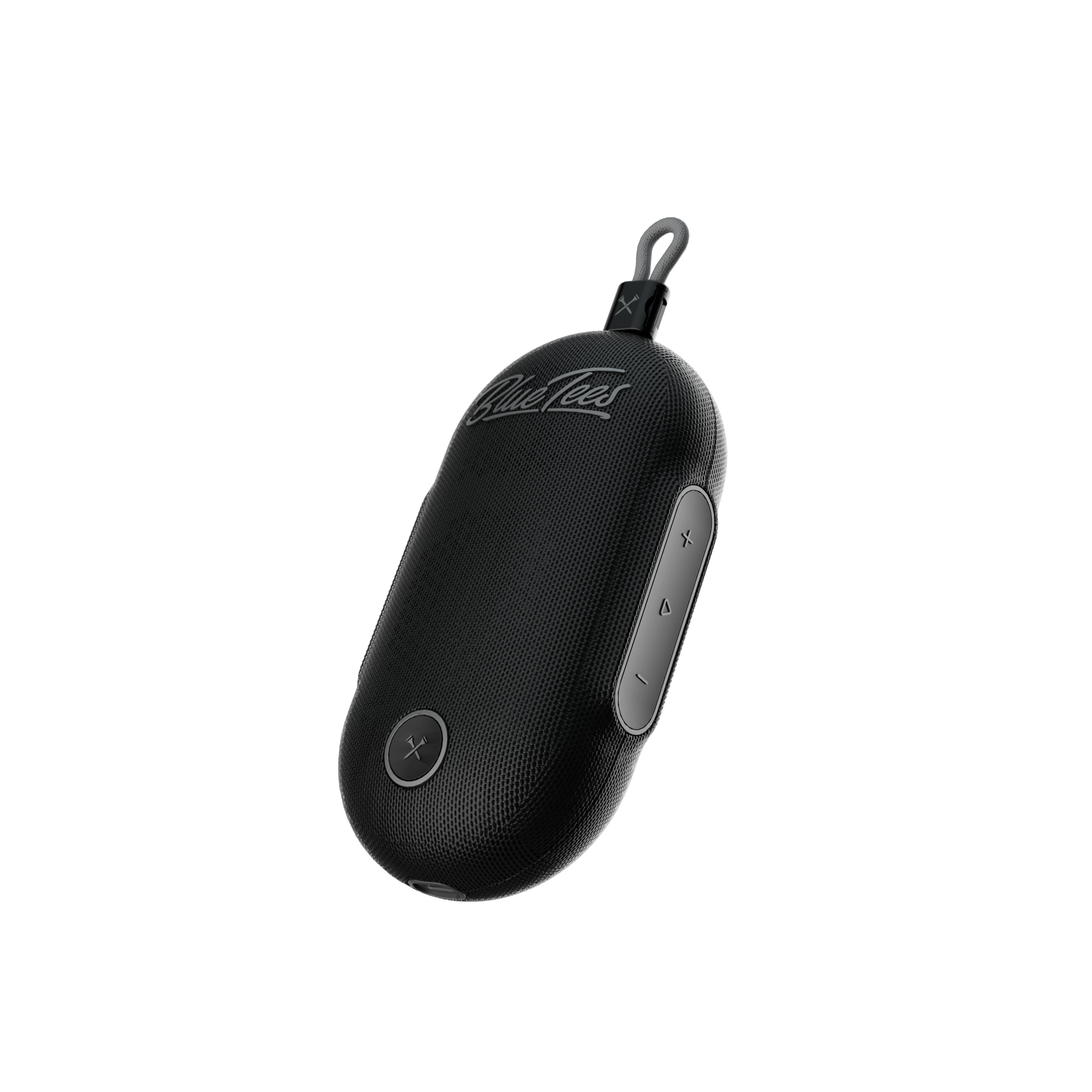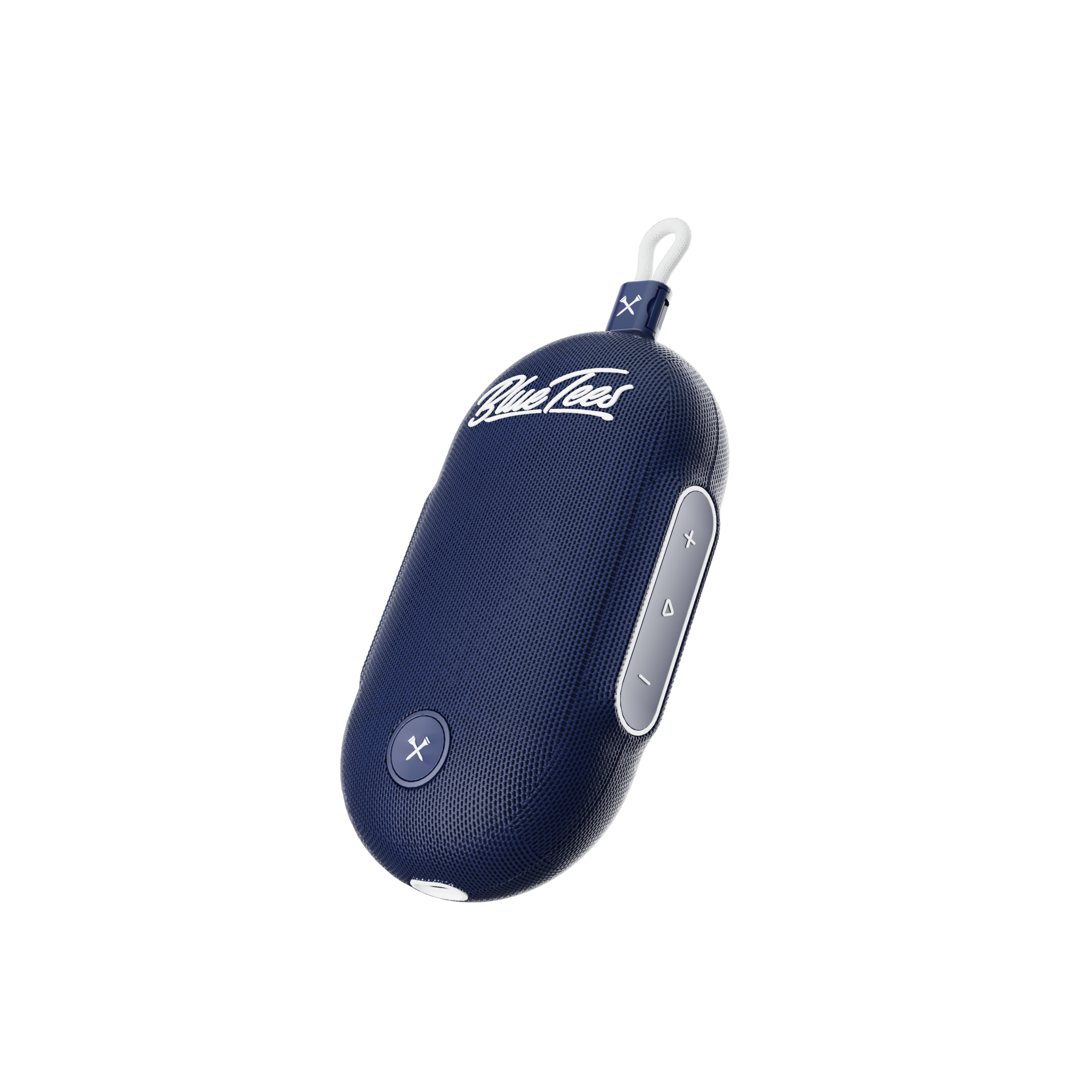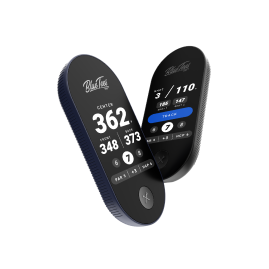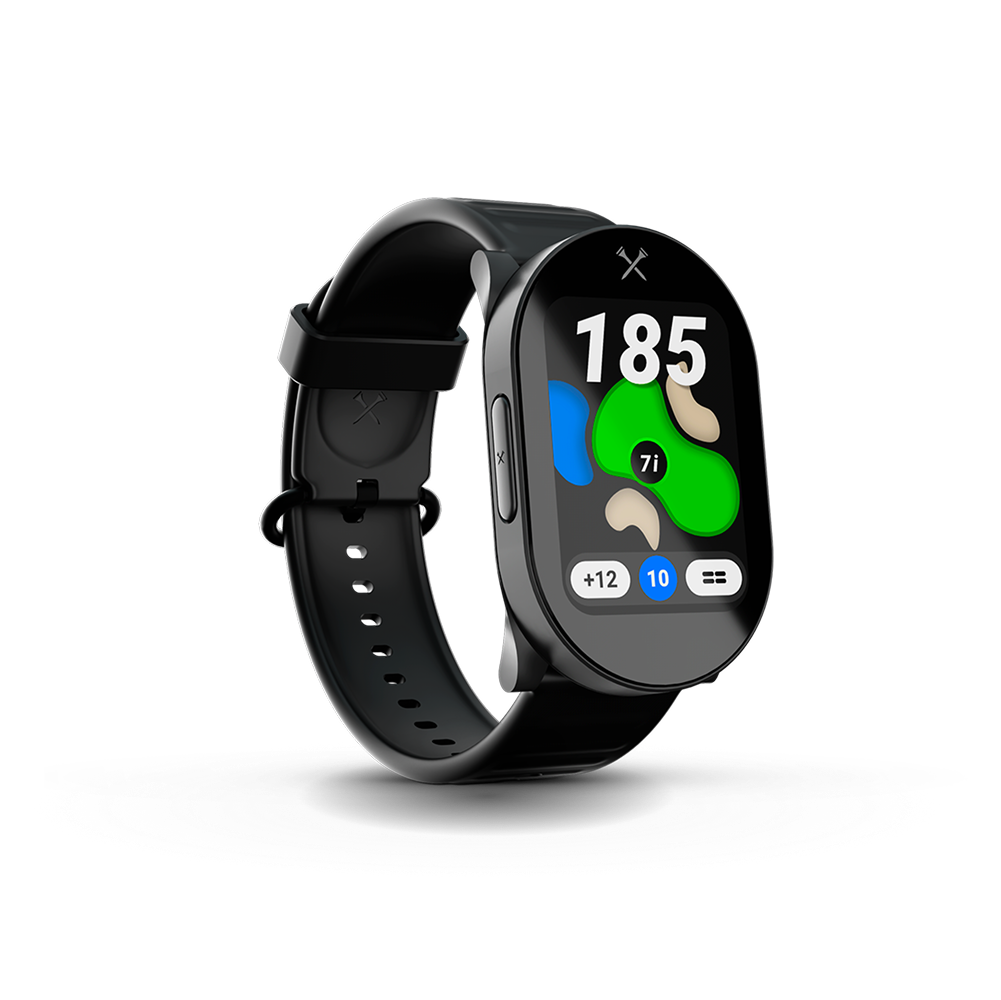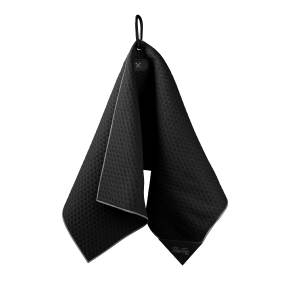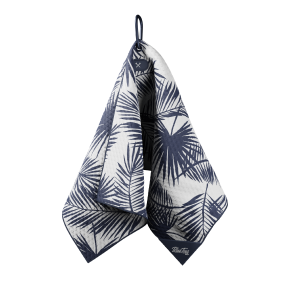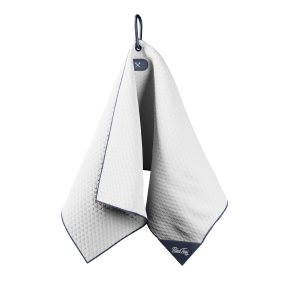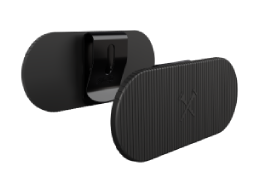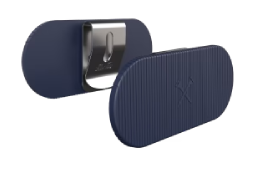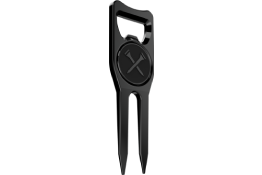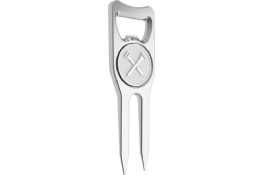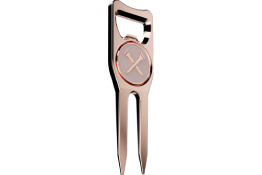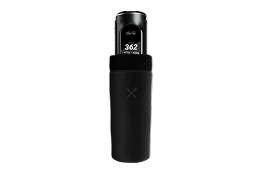Lower Your Handicap!
For most golfers, we play the game to get better. We want to be the best player we can possibly be. But, if you don’t have a lot of extra time to practice at the range everyday, how can you drop your handicap?
Well, there’s a few things you can do that don’t require an extended amount of time to implement into your game.
Putting at Home
There are countless putting greens sold either in-store or on Amazon that are compact enough to fit in your living room or home office. It may not be the most entertaining activity, but just 30 minutes of putting at home everyday can help you drop your handicap dramatically.
Most amatuer golfers want to go to the range, pull out driver, and hit 70 balls until their back falls apart. In reality, that’s not going to do anything for your golf game. Butch Harmon, one of the most famous coaches in the world, said when players come to visit him, they spend 70% of their time practicing from 70 yards and in - including putting. That’s the area which will have your scorecard digits plummeting.
If you work from home, which some of us do now due to COVID-19, rolling out your putting mat during your lunch break could make a bigger impact on your golf game than you think.
Use Your Rangefinder More
This is the most overlooked portion of golf for amatuer players. Many only get their rangefinder out when they're standing on a tee box looking at a Par 3, or when they need a number for an approach shot. But, it can be used in so many different ways.
A good rangefinder allows you to put together a map of the hole. You can stand on any tee box, take a minute to look over the layout of the hole, and then get a number to all of the trouble.
Let’s say you’re standing on a 420 yard Par 4. It doglegs slightly to the left, and you see that there is a fairway bunker protecting the right side of the fairway. You take out your rangefinder and zap the front of that bunker. 245. Next, you get the number to the back of the bunker. 270. Now you have two options: Hit something that can’t get to that bunker, but will leave you a longer approach, or, hit driver knowing you can comfortably carry the bunker because you hit driver 280 through the air.
You can implement the same strategy if you see water, woods, or any other hazard that may affect how you want to play the hole. Better understanding the task at hand can help set up any skill level golfer for success.
Even better, if you’re looking for a rangefinder that won’t only give you the number to the flag or hazard, but does it while calculating the change in elevation and then provides you the adjusted number, check out our brand new Series 3 MAX.
Easy Drill for Better Ball-Striking
For the players that do have a bit of time on their hands and can go to the range a few times a week, here’s a great drill to improve ball-striking.
Grab your golf towel, or if you don’t have one a tee, and place it a clubhead length behind the golf ball. What this is going to do is 1. Force you to get to your lead side during transition. If you hang back on your trail leg, the club will bottom out before the golf ball, and you’ll hit the towel or tee and it will go flying in the air. This is immediate feedback that you did something wrong.
And 2, some players get to their lead side but still chunk the ball. This is usually caused by a player releasing lag too early, which results in chunked shots. This drill forces you to hold onto that lag a little bit longer, and moves the bottom of your swing arc from behind to the ball, to slightly in front of the ball.
There are many ways we can get better at home, with very little time on our hands. Put a putting green in your office, take out that rangefinder a little bit more, and if you do have some time to go to the range - don’t just hit driver. Find some drills that correct things you do poorly, and watch that handicap fall.



